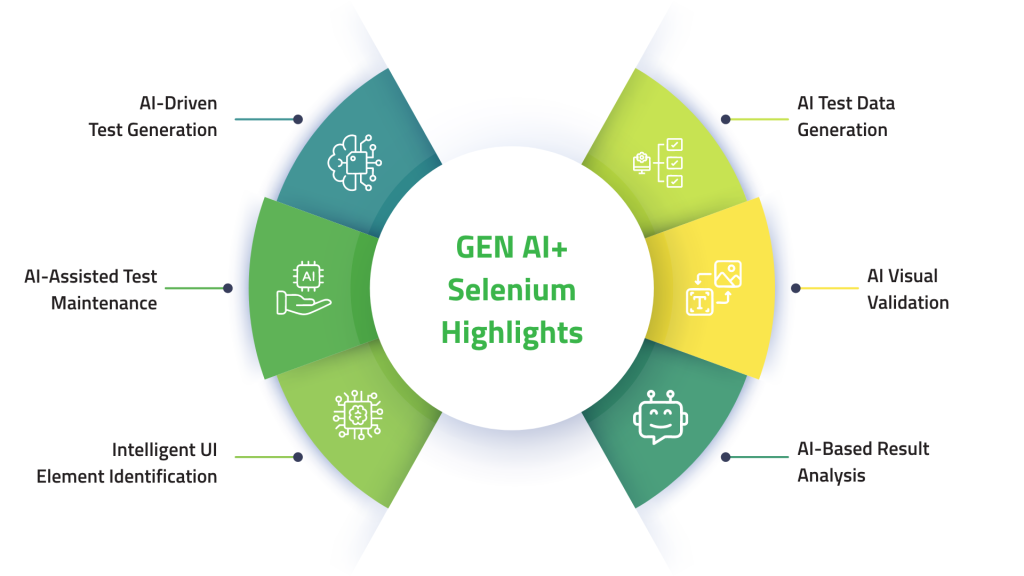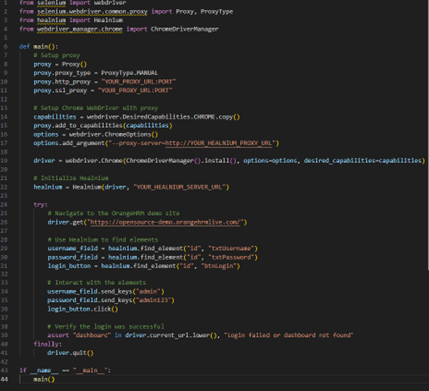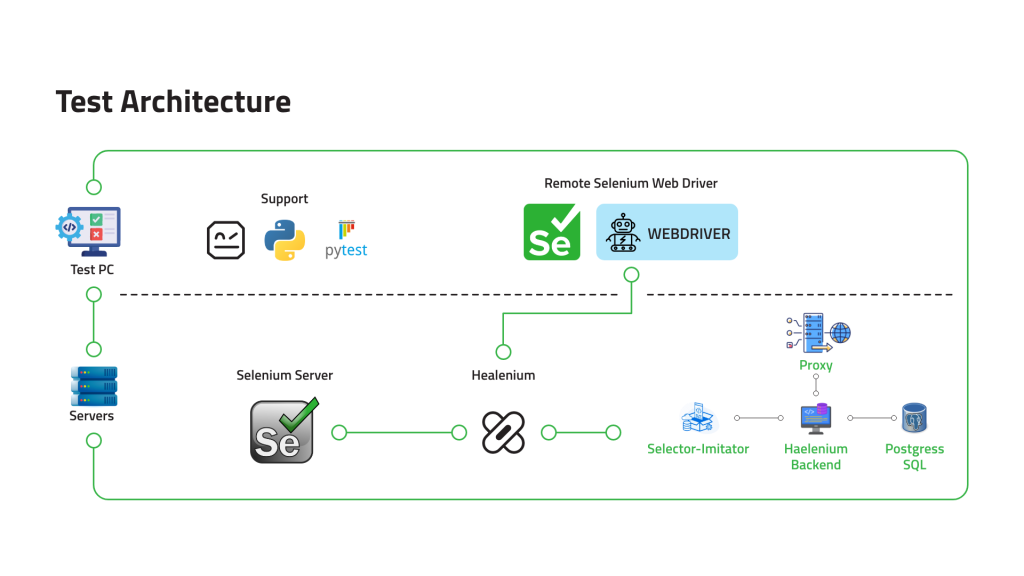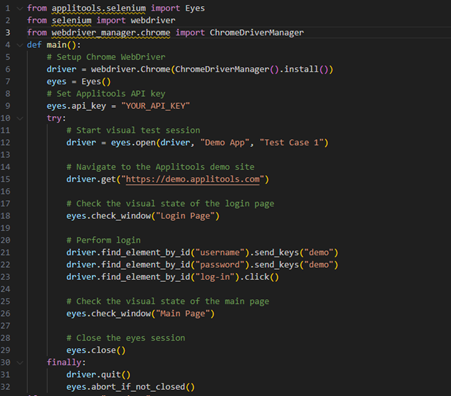As the tech world advances towards AI-driven solutions, companies are leveraging AI to simplify coding. This shift creates opportunities for integrating Generative AI with the existing test automation solutions, enabling them to adapt dynamically to application changes.
One such integration is an AI-powered test suite update that utilizes Python Selenium for web test automation. This approach enhances test cases and scripts dynamically based on application updates, reducing the effort required for suite upgrades and maintenance.
Here are some challenges in integrating Gen AI with test automation:
Maintenance overhead due to element identification
Selenium primarily relies on locators such as IDs, class names, XPath and CSS to interact with elements. Any change in the locators, which typically happens during every deployment, leads to test case failure and updates the POM structures.
Lack of self-intelligence in scripts to convey failures
When test cases fail, they do not give explanatory reasons, requiring the testers to debug each failure to identify meaningful patterns.
Test data management
In Selenium, test data is often hardcoded, generated randomly or stored in a database from which test scripts retrieve it.
The lack of realistic data leads to poor test coverage, making it difficult to test edge cases, resulting in flaky failures.
Image validations
Currently, image, position, and color validations rely on the DOM structures, as Selenium does not have built-in image comparison methods.
Custom image comparison logic often fails due to multiple screen resolutions.
AI integration with Selenium
Integrating Gen AI with Selenium involves the use of advanced libraries and tools, which, when applied effectively, can overcome many challenges. In the test automation process, Gen AI with Selenium can assist testers in various phases, including test case, data generation, test suite maintenance, visual validations, results analysis, self-healing of test scripts, and anomaly detection in test script logs.

Gen AI tools and libraries typically include pre-trained models or even custom pre-trained models that can be integrated into the backend. The usage of AI tools mainly depends on the context and the problems being addressed.
Below are some Gen AI tools and libraries designed to tackle common challenges.
| Challenge | Gen AI Tool/
Library |
Key Feature | Usage |
| Lack of self-intelligence in scripts to convey failures | Healenium/ Test Rigor | Selenium-clubbed test scripts with self-healing capabilities | Reduces test maintenance |
| Maintenance overhead due to element identification
|
Headspin | AI platform for dynamic element identification | Enhances test stability and accuracy by identifying elements |
| Test data management
|
Faker with Contextual Data Providers (AI + Faker Hybrid) | Realistic data generation | Data generation covers a wide range of scenarios and edge cases |
| Image validations
|
Applitools/Open CV | Visual data validation | Used mainly for image-based comparisons |
Table 1: Selenium AI Libraries/Tools for Coherent Testing
Illustrations of Using Selenium AI
- Self-Healing/Dynamic UI Locator Strategy: Healenium primarily works by automatically detecting and mitigating test failures caused by UI changes, such as element IDs or class names. It leverages AI/ML-based algorithms to analyze test results, identify the root cause for failures, and make necessary adjustments to ensure that the tests continue to function correctly.
Use Cases:
- Decrease test maintainability
- Reduce flakiness
Code:

Test Architecture:

2. Applitools Eyes for Ocular Testing:
Applitools Eyes is an AI-powered tool for visual validation that integrates with Selenium to detect visual anomalies and layout issues across multiple devices and screen resolutions.
Use Cases:
- Visual regression testing
- Cross-browser UI testing
Code:

3. Faker with Contextual Data Providers (AI + Faker Hybrid): Faker is a library commonly used to generate code that mimics real-world-like data. This can be enhanced by integrating AI to create more context-aware test data, improving the relevance and quality of the generated data.
Use case:
- More edge case coverage
- Localization test cases
Code:

Conclusion:
An AI-driven Selenium framework can address traditional Selenium shortcomings. Using a Selenium AI framework improves accuracy and makes testing more independent and effective. It also simplifies the process and helps tackle challenges with AI solutions.

is the Test Lead for Product & Digital Engineering Services (PDES) at Happiest Minds. He has 10 years of experience in software testing and specializes in test automation for embedded and industrial projects. He is passionate about driving efficiency and precision in testing and has worked on automating complex systems in industrial environments.
His expertise includes developing frameworks and libraries across multiple testing frameworks, including Pytest, Robot, and BDD. He has experience in protocol analysis on embedded devices, CI/CD support, the usage of various testing tools and multiple programming languages.Nikhil is also exploring AI-driven test automation, leveraging machine learning and intelligent automation techniques to enhance testing strategies. With a strong focus on innovation and quality, he strives to optimize testing processes and ensure robust product validation across domains.






